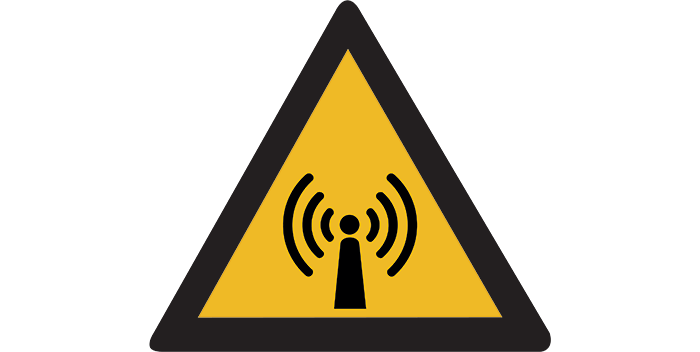- Joined
- Nov 2, 2019
- Messages
- 1,161
- Location
- Fulltiming
- RV Year
- 2022
- RV Make
- Newmar
- RV Model
- London Aire 4551
- RV Length
- 45
- TOW/TOAD
- Yukon Denali
- Fulltimer
- Yes
Which one do you trust?
Getting prepped to hit the road tomorrow and checking my tires. I know I'm a bit of a perfectionist, but I hate it when the numbers don't all match. Tire gauge agrees with separate tire inflator. TPMS is showing tire pressure lower by 3-5 psi. I know that's not a lot and as soon as I start driving the psi will increase, but just curious....which one do you all trust?
Getting prepped to hit the road tomorrow and checking my tires. I know I'm a bit of a perfectionist, but I hate it when the numbers don't all match. Tire gauge agrees with separate tire inflator. TPMS is showing tire pressure lower by 3-5 psi. I know that's not a lot and as soon as I start driving the psi will increase, but just curious....which one do you all trust?













